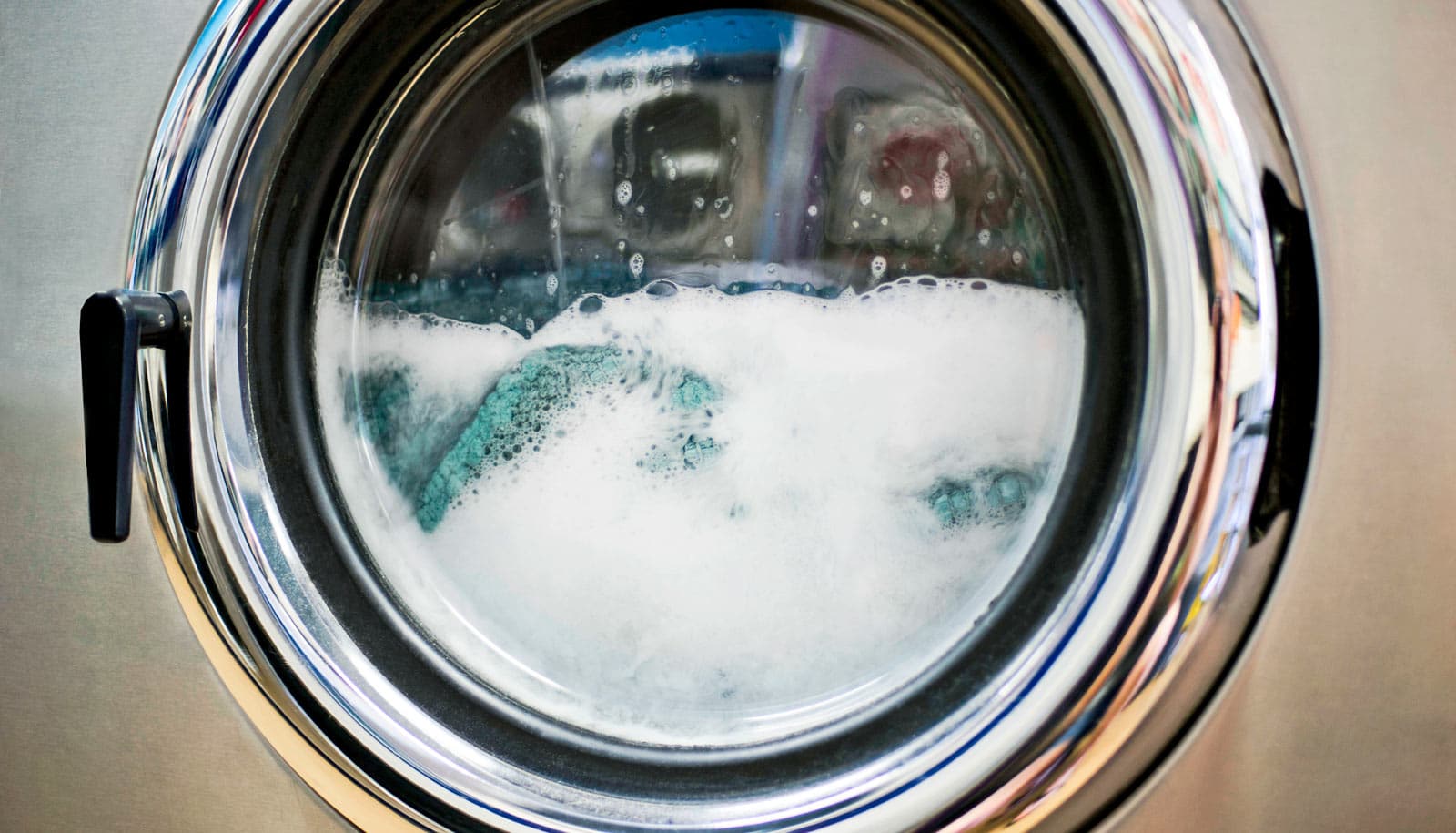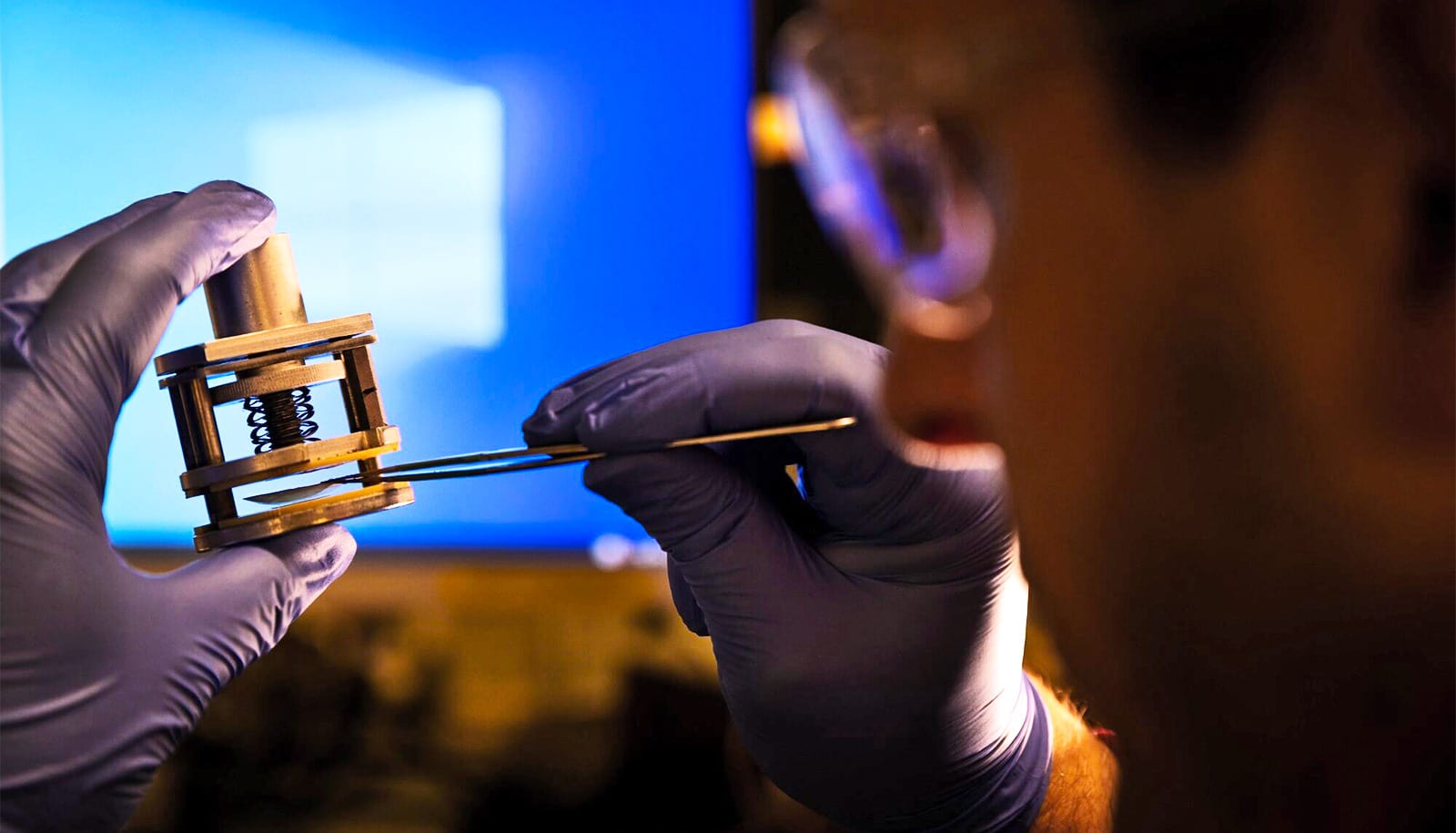Microscopic marine plankton don’t just drift helplessly in the ocean. They perceive cues that indicate turbulence and rapidly respond. New research shows how.
By day, these tiny organisms, one-tenth the diameter of a human hair, actively migrate towards the sunlit ocean surface to carry out photosynthesis. At night, they make their way to depths of tens of meters, where the supply of nutrients is greater.
Plankton cells cells often encounter turbulent layers that disrupt this essential migratory pattern. It is still a mystery how these minute organisms can navigate through the dangers of turbulent waters. Plankton cells are whirled around by turbulence—particularly by the smallest, millimeter-sized flow vortices—as if they were in a miniature washing machine, which can induce permanent damage to their propulsion appendages and cell envelope. In the worst case, they can perish in turbulence.
Certain microalgae have, however, developed a sophisticated response to such turbulent cues. Postdoctoral researchers Anupam Sengupta and Francesco Carrara, together with their advisor Roman Stocker, professor at the ETH Zurich Institute of Environmental Engineering, show this in the journal Nature.
Flipping them around
The three scientists “brought the ocean into the lab” and examined the migratory behavior of Heterosigma akashiwo, an alga known for forming toxic algal blooms. To examine swimming behavior, the researchers used a microfabricated chamber, just a few cubic millimeters in volume, in which they introduced the Heterosigma cells. The chamber could rotate along its axis with a computer-controlled motor, exposing cells to periodic flips in orientation replicating how tiny turbulent vortices flip the cells upside down in the ocean.
The scientists were able to observe that an algal population moving upwards split into two equally sized groups over a period of 30 minutes after the chamber was repeatedly flipped by 180 degrees. One group of cells continued to strive upwards, whereas the other group switched behavior and began to swim in the opposite direction. This population split did not occur with algae in stationary chambers, in which all swam continuously upwards and accumulated near the top surface.
By zooming into single cells, the researchers discovered the reason for the change in swimming behavior. When exposed to the turbulence-like cues, the cells were able to actively and rapidly change their shape: from asymmetric pear-shaped cells swimming upwards, the cells morphed into egg-shaped structures swimming downwards.
Lasers show how Sea Monkeys mix oceans
Strikingly, this shift involved changes of less than a micrometer. “It is spectacular that a cell barely 10 micrometers in size can adapt its shape to change its swimming direction,” says Carrara.
Sacrificing half
Stocker does not view this mechanism as just a coincidence. “The algae have adapted perfectly to their ocean habitat: they can actively swim, they perceive a range of different environmental signals, including turbulence, and they rapidly adapt and regulate their behavior accordingly.”
Sengupta adds: “We now better understand how these microorganisms confront potentially detrimental situations, however, at the moment we can only speculate as to why the cells do this.”
The researchers argue that splitting into two groups creates an evolutionary advantage for the population: in this manner, the entire population is not lost when it encounters a layer of strong turbulence, but in the worst case, only half.
In avoiding the turbulence by diving, the downward-swimming cells suffer the short-term cost of receiving too little light to carry out photosynthesis, meaning that they cannot grow. The researchers also found evidence that the flipping by turbulence has a physiological impact on the algae. Cells that were flipped in their experiment exhibited higher levels of stress than those in the stationary chambers.
How salt and temperature ‘herd’ phytoplankton
The researchers now plan to observe the algae in a larger tank, where they will expose the cells not only to flipping but also to real turbulence. Understanding how these minute cells respond to turbulence holds great importance for our understanding of the ocean.
“As we now know that global climate change will modify the turbulence landscape in the ocean, it is particularly important to understand how the organisms that are the foundation of the marine food web respond to it. This work contributes a piece of the puzzle, by demonstrating that phytoplankton are not just at the mercy of turbulence, but can actively cope with it,” says Stocker.
Source: ETH Zurich



